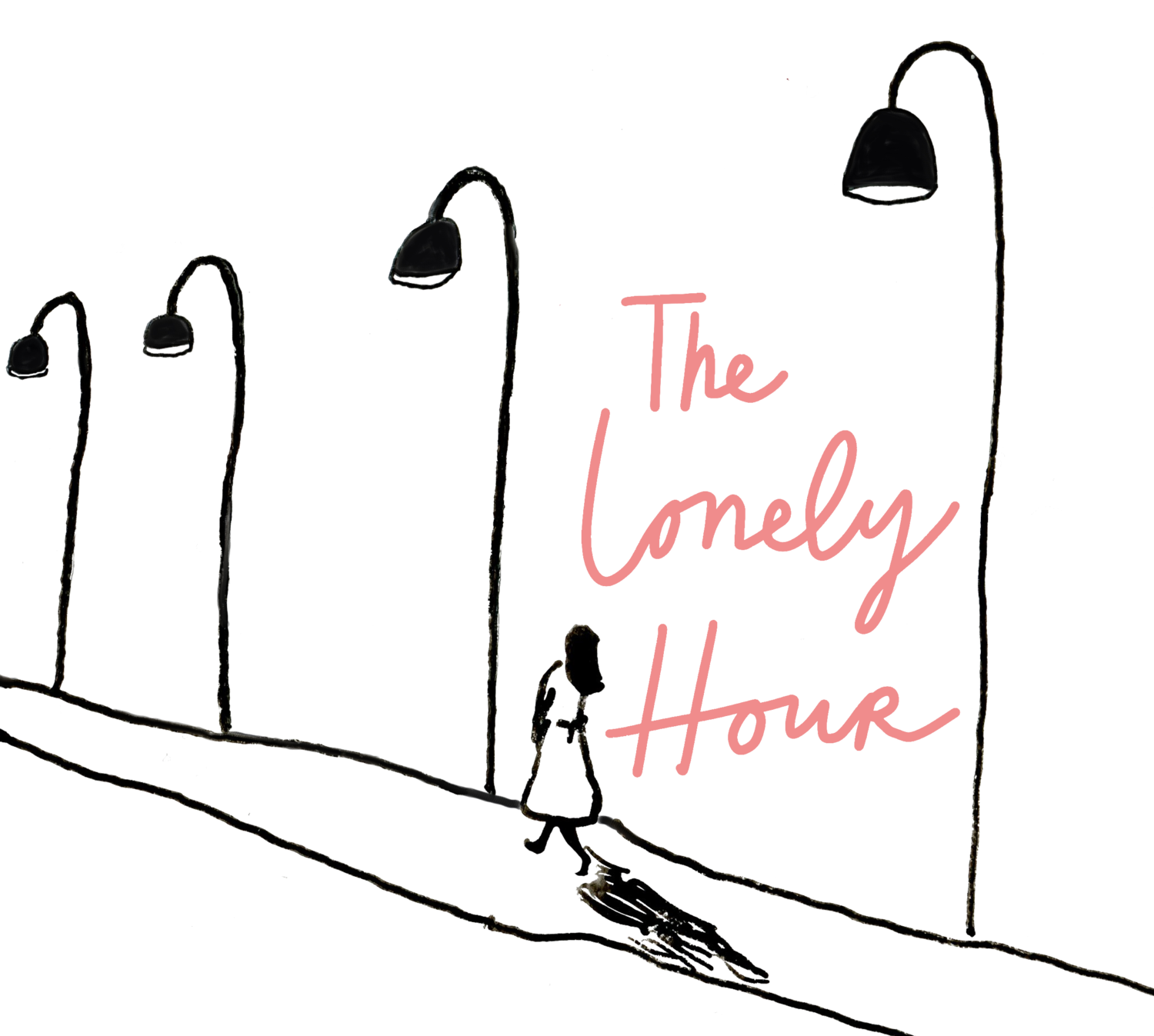Rien Fertel is the author of The One True Barbecue: Fire, Smoke, and the Pitmasters Who Cook the Whole Hog. He lives in New Orleans.
Pitmaster Rodney Scott. Photos by Denny Culbert.
How many ribs can I eat in one afternoon?
How many brisket spots can I hit in Hill Country on a single tank of gas?
How much barbecue can I consume before these wheels fall off?
My first great culinary road trip happened in the summer of 2008. In the middle of my move from New York back to New Orleans—I had been exiled in the aftermath of Hurricane Katrina—the Southern Foodways Alliance sent me to West Tennessee to document barbecue. Not a bad reason to delay resettlement.
For two months, I lived 600 miles upriver from home, tracking down pitmasters and begging them to sit for interviews and let me record their oral histories. I ate barbecue two to three times a day. (One more than one occasion, I ate barbecue five times a day.) I consumed all the Memphis specialties: barbecue rib tips, barbecue bologna sandwiches, barbecue Cornish game hens, and barbecue spaghetti. I gnawed on the dry-rub ribs at the world-famous Rendezvous, snacked on fratty barbecue nachos at a couple outposts of the Central BBQ chain, and shamefully gulped down a terrible chopped sandwich at an indoor shooting range, where Second Amendment advocates took practice at paper targets printed with Hillary Clinton’s face.
I almost always ate alone. Sometimes with a book or magazine, but always very alone.
Grady's BBQ in Dudley, NC. Photo by Denny Culbert.
The next time the SFA asked me to do some oral history work, I split the assignment with photographer Denny Culbert. He and I had met months earlier when Katie, one of my very best friends from my childhood in Lafayette, Louisiana, decided that dinner at our favorite boil shack, Cajun Claws in Abbeville, would be the perfect spot to introduce me to her new boyfriend. Denny and I shook hands. Katie and I ordered our usual: five pounds of the biggest and best mudbugs in south Louisiana, drenched in liquid spice applied from an up-cycled chemical fertilizer spray bottle. This heat level causes the sinuses to surrender to gravity; you can actually hear the rush of blood inside your head. Denny, a first time visitor to The Claw, bravely ordered up the same, despite possessing, perhaps due to his Ohio roots, an aversion to any and all seafood.
Months later I learned that those crawfish nearly killed him. Here was the intrepid eater-companion I was looking for!
So in the winter of 2011, I asked Denny to document North Carolina barbecue with me for one month, with a follow-up trip through South Carolina the following year. We agreed to halfsies the assignment and the pay rate, divvying up the driving duties and sharing all meals. I would soon disassociate barbecue with solo dining.
Though Denny and I hardly knew each other, it was a bromance from the start. We traversed the Carolinas in an RV, generously loaned by my all-too-trusting parents (so trusting that, to this day, they offer their bus up to me, even after I smashed into a palm tree in Charleston). The Barbecue Bus, as we nicknamed it, got us from pit house to pitstop and kept us out of questionable interstate-exit motel beds with ambiguous stains and dubious thread counts. Most campgrounds and state parks were either out of our budget or closed for the coming of winter, so we resorted to the scenic parking lots of Walmarts. (Say what you will about the behemoth from Bentonville, but the corporation does maintain a liberal overnight stay policy prized by retirees and other highway transients.)
At the start of each assignment, I dared compare ourselves with the immortal road-tripping teams in literary history: Kerouac and Cassady, Jane and Michael Stern, my heroes James Agee and Walker Evans. Denny and I would push each other, inspire each other, and, together, create some truly great work. The success of our pairing was reflected, too, in our ability to share a confined space without killing each other, find something new to eat at the Waffle House after an untold number of visits, and learn how to properly empty out the Bus’s septic tank. We did all of those things together.
We learned to help each other, too. Denny learned to not punch me when I introduced him as “my photographer.” I learned to wait before diving into a plate of chopped whole hog, coleslaw, and cornbread as he snapped shot after shot after shot. Denny would dispatch my leftover hushpuppies and hash, two barbecue side items I steadfastly refuse to enjoy. I would tote his gear, hold lights and reflectors, and hand model.
Writer Rien Fertel, left, and photographer Denny Culbert.
Barbecue is still something I associate with solitude. Many pitmasters work alone from dusk to dawn: stoking a fire, tossing shovelful after shovelful of hardwood embers under the meat every twenty minutes, keeping watch. Often, especially at night, it felt like Denny and I were invading pitmasters’ personal space, and of course we were. But they welcomed us to sit alongside them and warm ourselves by the fire, to talk barbecue and everything else, to experience the long periods of silence that whole-hog pitmasters do.
Much of the time Denny and I spent on the road mirrored the pitmaster’s work life: it was quiet, inward-facing, meditative. But at dinner tables and lunch counters, over barbecue or Waffle House, we talked, and we dreamed up what became our book and dozens of others we will never write.
We never ate alone.



